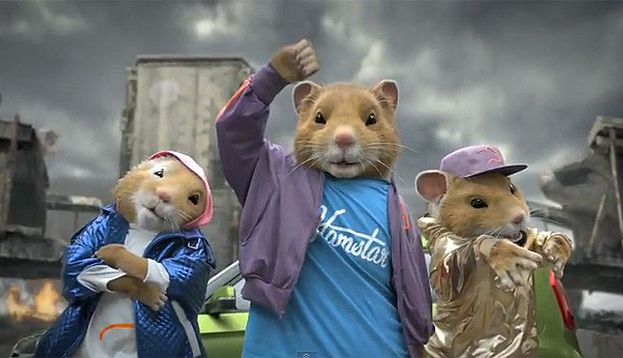Television may continue to pull in a lot of advertising, but Google’s YouTube channel has managed to see a big upswing as well, as the video site has managed to land a number of big marketers, including Kia Motors America.
David Schoonover, national manager for CRM and Digital Marketing for Kia, recently spoke with eMarketer on the effectiveness of signing on with YouTube for video promotion. In regards to what attracted the company to the channel to begin with, Schoonover explained, “In the past, YouTube would try to earn TV ad dollars by using digital language — cost per clicks and impressions, etc. They wouldn’t show up at the annual video upfront. They wouldn’t talk in television buyer language. From an advertising dollar standpoint, digital keeps going up and taking share from radio, print, etc. But not from television.
“This year, YouTube did something that was quite brilliant yet humble at the same time,” he continued. “They showed up at the video upfronts. And instead of selling the digital way, they started selling the TV way. Lo and behold, they started earning TV ad dollars. They’ve changed their language, and it’s going to work for them.
“We recognize that YouTube as a video consumption platform is certainly unique, but not dissimilar from cable television. We look at it in some ways as another cable channel. It’s really still the TV buyers out there, and so because they’ve changed how they sell their product, that has begun to earn them some of the traditional TV ad dollars,” he said.
Schoonover also went into detail about the benefits of using YouTube. “Kia believes strongly in an “influence the influencer” strategy. Because millennials are so socially connected, if you have a message that resonates, they will embrace it, and they will share it. The amplification effect is very powerful,” he said.
“The other part that people sometimes miss is that millennials influence boomers. They don’t influence Generation X as much, since they see the world a different way. But interestingly enough, millennials and boomers actually get along pretty well.
“Boomers, who are still young enough in many cases to be working or just recently retired, certainly see everything that’s going on with technology. It’s not native to them, so they don’t quite understand it. They typically look to their millennial—call it grandchildren—for information. What happens subsequently is influence,” said Schoonover.
However, the program isn’t without its drawbacks. “YouTube’s targeting capabilities can still be better,” he said. “Their platform, in terms of advertising products, has evolved slowly. Meanwhile, Facebook has been going through massive trial and error to try and get it right to meet the needs of advertisers and not alienate their audiences. I’m also surprised YouTube hasn’t done more integration with Google search. Look at Microsoft’s Bing. They do video and search units, and started that roughly back in 2011. They went dark for a while, and then they lit back up. Whenever we’ve done video units and search on Bing, they’ve performed pretty well. And again, that probably works more for the how-to videos or specific pieces of information vs. discovery content.”
The full interview with Schoonover can be found here.

